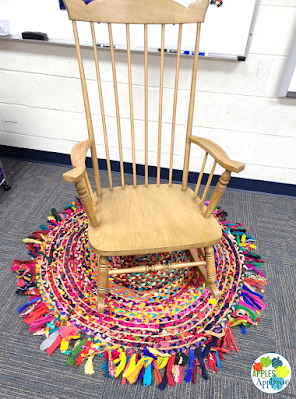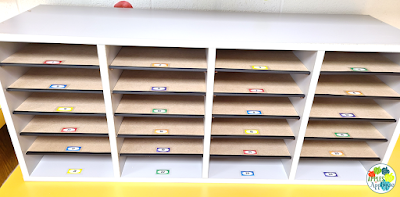Welcome to TPT 101: Part 10, the final installment. (Click on these links to find Part 1, Part 2, Part 3, Part 4, Part 5, Part 6, Part 7, Part 8, and Part 9).
It's the moment you've been waiting for! Time to go live with your first resource!
When you list your product, you'll have to put in a product title and description. Do not try to make your product title something cute and catchy. Think of what a teacher might search to find your product, something like "sight word activities", and go from that. Keep it simple and searchable; keep the cutesy names for your cover image.
The description should give an overview of your resource, what's included, and how it will make a teacher's life easier or address a classroom need. Work some keywords into the description naturally, especially in the first few lines. Do NOT keyword stuff, meaning, do not put a list of related keywords into your description. That can actually hurt you in the search results, as TPT says their algorithms penalize keyword stuffing by putting those listings further down in the list of results.
Along this same line, avoid adding to your title or description in the hopes of getting extra sales. For example, during the holiday season, don't just add the word "Christmas" to your titles and descriptions unless they are actually Christmas-specific products. It's a shady practice and buyers see through it, plus it muddies the search results for people actually searching for Christmas activities.
You will probably want to add your terms of use to your description so that buyers know any restrictions before they purchase.
Before you can list your product, you will also need to select keywords, product types, and grade levels from TPT's menus. This helps buyers to find relevant products.
This sounds like a lot to do for every product every time, doesn't it? Well, thankfully, I've got a trick to help make this process faster. Once you list that first product, you can use it as a starting point for future products. On the TPT site, click on your name, then "My Product Listings" in the drop-down menu. When your list of products comes up, you will see each one has an option underneath labeled "Quick Edit". Select that, and then scroll down to "Create a Similar Listing". This will essentially copy the listing, allowing you to change anything you need without having to retype all of the tedious parts each time. Just make sure you change all of the product files and thumbnails!
Once you have written your description and uploaded your product file, preview file, and cover and thumbnail images, YOU ARE FINISHED! Click that publish button and wait for sales to start coming in!
Congratulations on becoming a TPT Author! I wish you and your store all the greatest success!
Keep teaching (and creating) with heart and passion!













